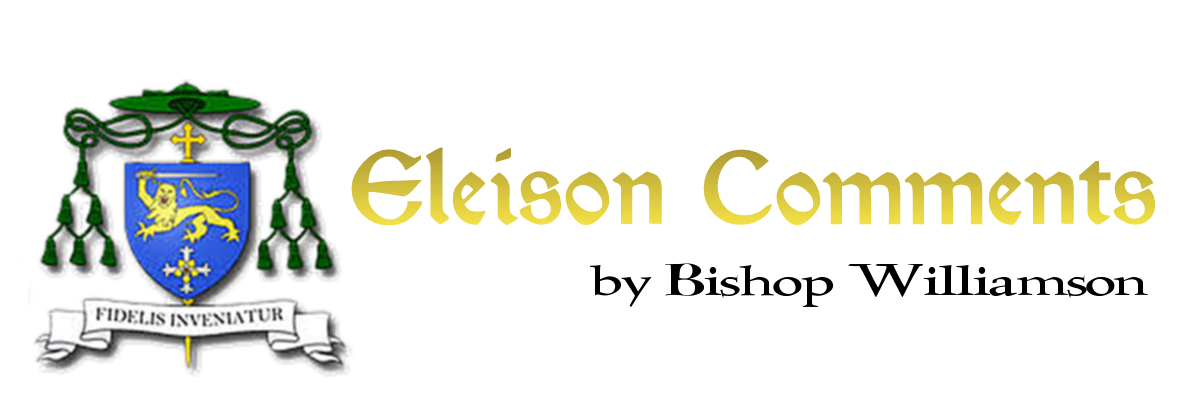In this conclusion of his series on Dante, Dr. White follows the poet as he moves upward through the spheres of heaven. Dante contrasts the cosmic order –– the perfection in which God dwells –– with the earthly order that, in reality, tends toward disorder and the failure of man. Dr. White brings several passages to life with his dramatic reading, culminating in Dante being tested on his faith by none other than St. Peter himself who, perhaps prophetically, rails against the corruption of the future Church.
In the first of the Broadstairs 2015 series, Dr. White covers the early life of T. S. Eliot, addressing who he was, why he is an important figure in modern literature, explaining his family roots in England and the United States. He chronicles his journey from the shallowness of Unitarianism and notes his taking refuge in literature during his childhood. Taught by his Irish nanny that God is the first cause of all things, blessed with a mother who loved and wrote poetry and parents who didn’t make the mistake of forcing him into a vocation that didn’t suit, Eliot grew up in a world where rhythm predominated, even before he could speak. Indeed, Dr. White notes, Scott Joplin was just a few miles away from his house, and popular “rhythm” was everywhere around him, an equal influence to the classic works of literature. Eliot’s first poem as a young boy, as well as his early and later education are also explored. Browsing stacks at Harvard, he was acquainted with French symbolism, and learned that a poet could write from his own experience, beyond conventional limitations. For this reason Eliot shows a tendency of sticking with an image that he burns into his hearer’s minds throughout a poem; indeed, the doctor observes, Eliot used choice images throughout his career.
Dr. White also takes his auditors through an analysis of The Lovesong of J. Alfred Prufrock. Supporting this analysis, the doctor defines poetry, with its union of sound and sense, and explores relevant bits of its history. One learns poetry by recitation, memorization, repetition. Rather than having the meaning of a poem “explained,” one must hear in it the music that communicates a message when intertwined with the structure and sound that becomes apparent in the hearing. Also examined is Eliot’s approach to the role of the poetic persona – he strongly believed that poet should not intrude into poem. In reading his work, we think about the modern world which Eliot’s poetic personae are relating & portraying, and about not the poet himself.
